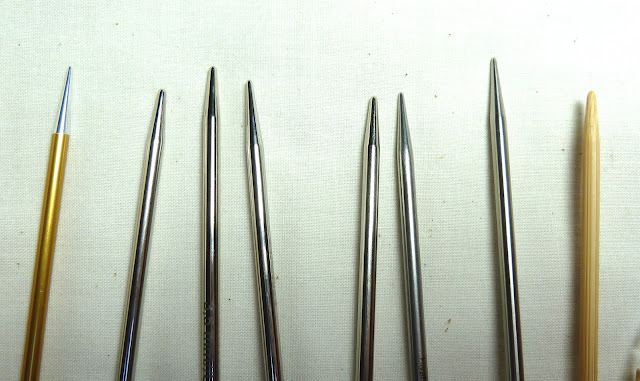A Few Words About Foundations and Stabilizers
First of all, forgive me if this post ends up looking a blink wonky, but I am trying again to learn to use the Blogsy blogging platform from my IPad....which I use so much now, that I wanted to try blogging from it as well.
If you have read my last post you may have noted that my current projects all benefit in part from some piecing with foundations and so I have been experimenting a bit with just a few of the available products.
Below: these spider web blocks are all made using a muslin foundation. I followed the instructions that were included with Sarah Fielke's pattern "Maple Leaf Rag" from the book, "Material Obsession 2: More Modern Quilts With Traditional Roots" by Kathy Doughty and Sarah Fielke's.
In all honesty, I am not fond up using the muslin. No matter how "on grain" I cut it the muslin gets wonky as I sew and press (not iron). Joining all of the pieces is made both easier and more difficult with muslin. The foundation provides stability, yes, but also a bit more bulk. It is, perhaps a bit easier to line up the stripes (you have 8 sections per web to align)...but I am still really on the fence about using muslin. I have found that, for me, it is easier to simply piece longer (wider) strips and then cut to size. Of course there is never only one best, or right, way to do anything. What works best for you is what counts!
I have been working on two other projects that benefit, at least in part, by using foundations or stabilizers...sometimes those terms are quite interchangeable!
Making thee teen tiny 1.25" starbursts have been an eye opener and making them using a foundation really helps. I have tried using a paper foundation (more on that later) as well and two "leave in" foundation/stabilizers. The paper foundation works, but these tiny starbursts are further appliquéd onto a base and they that base is again cut into a circle and appliquéd onto their their final foundation fabric. Short story: they are handled a lot in the translation..
Below are the two brands, aside from paper (later again for that), that I have experimented with for this project.
right :Stable Magic from the Gadget Girls that I bought in Houston many years ago. Non- fusible.
left: Hugs and Kisses brand Applique Paper. Fusible on one side.
Both are semi-dissolvable in water.

As you can see below, the Hugs and Kisses on the left is a bit more transparent
and it is also a bit thinner than the Stable Magic.
Below is the wet test. Once again, Hugs and Kisses brand is on the left and Stable Magic is on the right.
While Stable Magic is a bit heavier and more opaque out of the package it seems to be a bit more water soluble, tears and it more easily ....but the thinner initial hand of the Hugs and Kisses compensates so that they end up being very similar products. Using no stabilizer would be easiest as far as the hand applique work goes.
I found that I slightly preferred the Hugs and Kisses Brand. I also like that one side of it is fusible which can be a great help when you are cutting out applique shapes...I do hand applique but I think that it would be a benefit to machine work as well. I am machining the starburst but am then hand appliqueing them. Hugs and Kisses Applique sheets are available from Superior Threads as well as at EQuilter.
Last, but not least...My Wagon Wheels blocks (Wagon Wheels Quilt pattern from Sandy Klop and American Jane), most definitely benefits from a paper foundation. I like using Carol Doak's brand because it tears out so cleanly and easily. There is a basic newsprint paper available through Amazon that is WAY less expensive but it is described in pound weight...which the CD brand is not. I will probably order it to try when I run out...I just want to be sure that it will work as well...otherwise I won't "reinvent the wheel "!
Below:
When I use this paper with a circular pattern like Wagon Wheels.......
When I add the outside fabric to the small, inner, curve (bottom of the photo)
I like to have the paper removed...
but when I add fabric to larger, outside curve, (not shown) I prefer that paper stays in!
Sewing the seams down close to the cutting lines (and back stitching)
helps make the paper tear cleanly and easily.
Well, let's see how this post looks...acceptable ?







Lots of blank spots on my end. I have several Judy Niemeyer patterns, all with the paper foundations. Let's see if I can get through one.
ReplyDeleteI don't use the Blogger app from my iPad very often. I can tell you that the cut/paste function on a tablet or other touch platform is a major pain for me. I would recommend writing the entire post in the Blogger app. I found it difficult to position my photos in a way I liked, though.
ReplyDeleteThan you for the tips for foundation piecing. I don't really like using muslin foundations for string blocks. I prefer to use paper since it won't stretch when pressed. I mostly do scrappy, string pieced blocks so I don't need fancy paper and use pages from the phone book that I trim to the right size. This doesn't work for designs that you have to print but it's great for scrappy quilts.